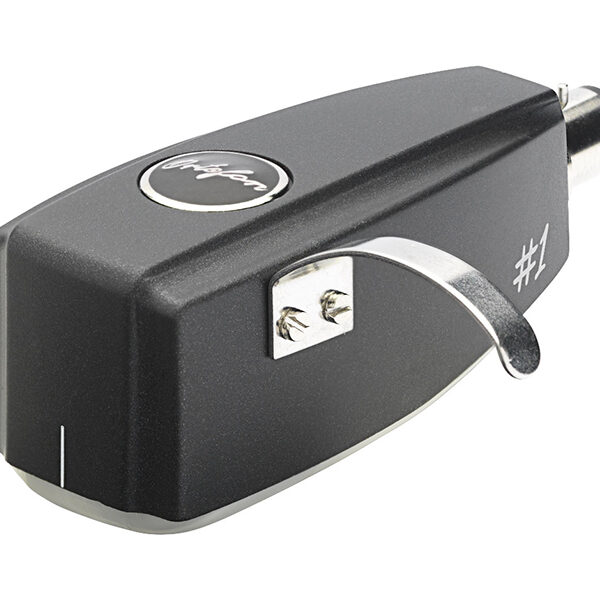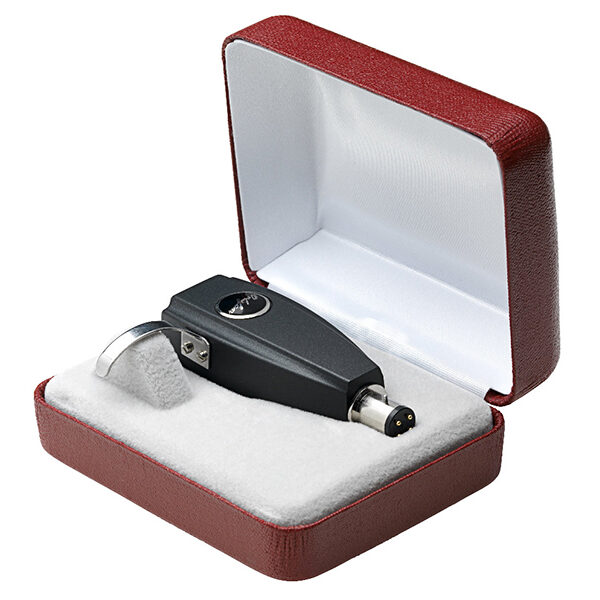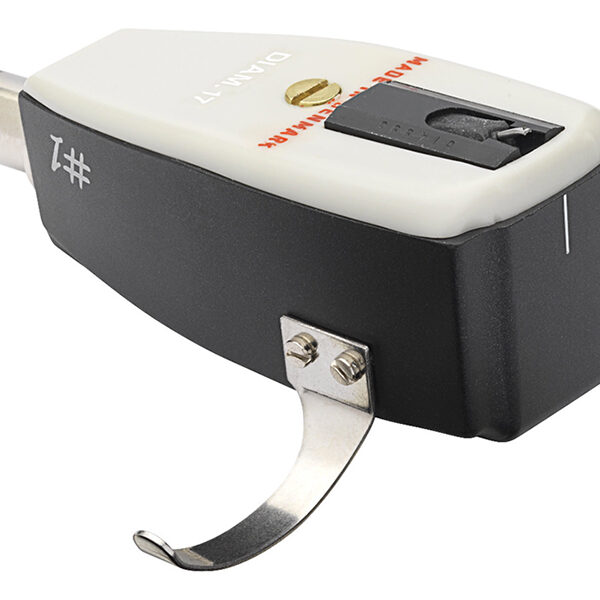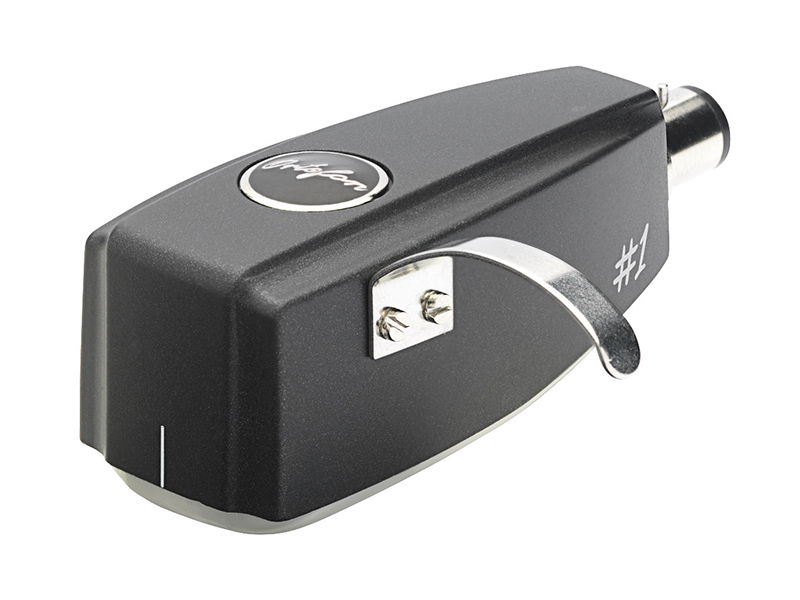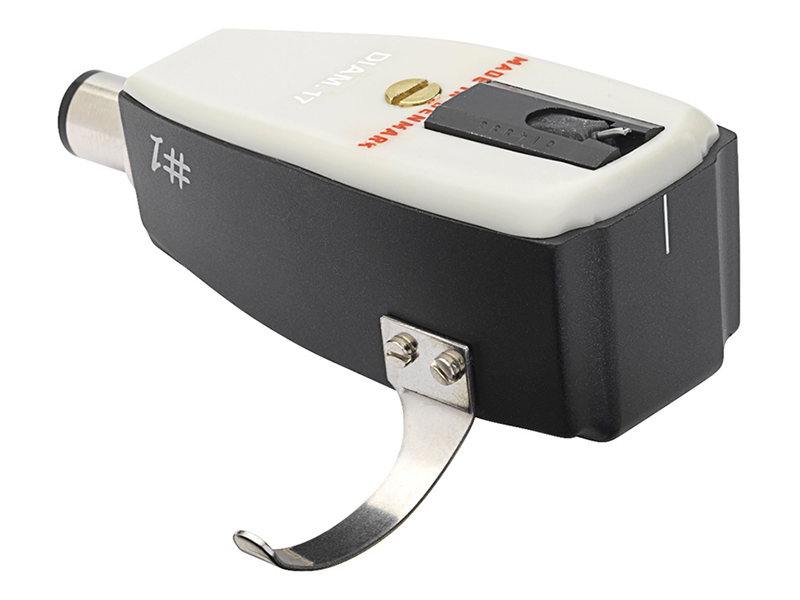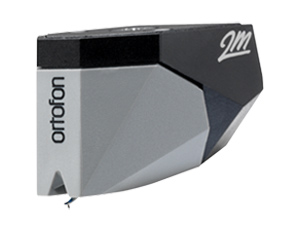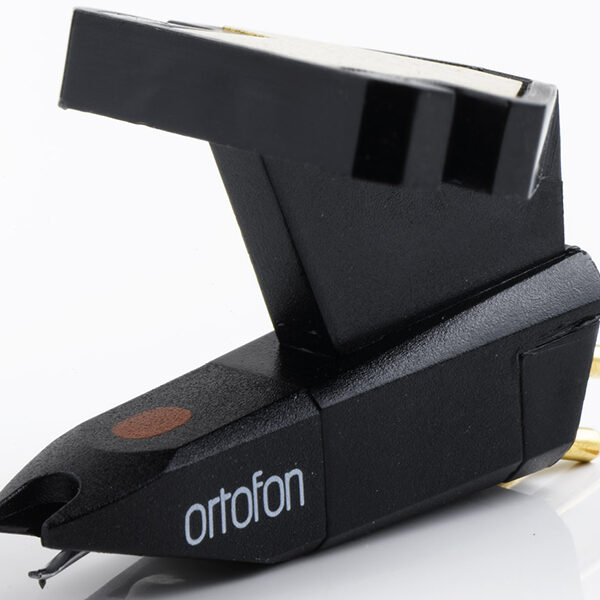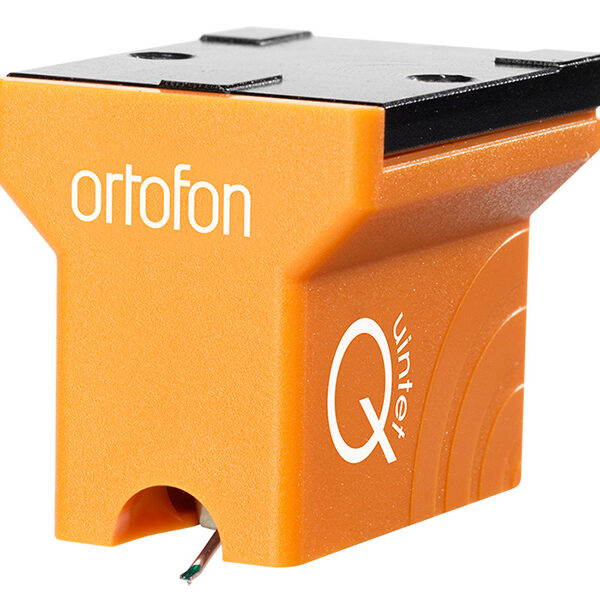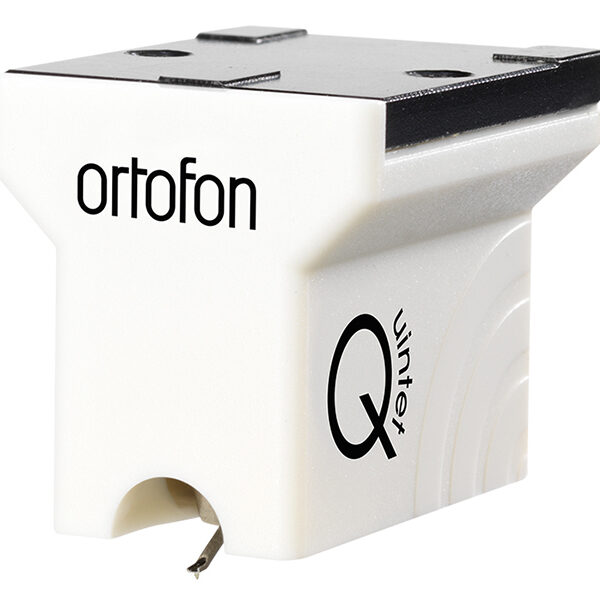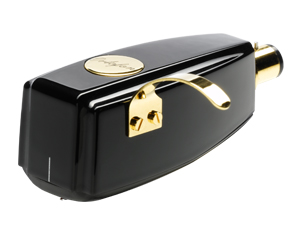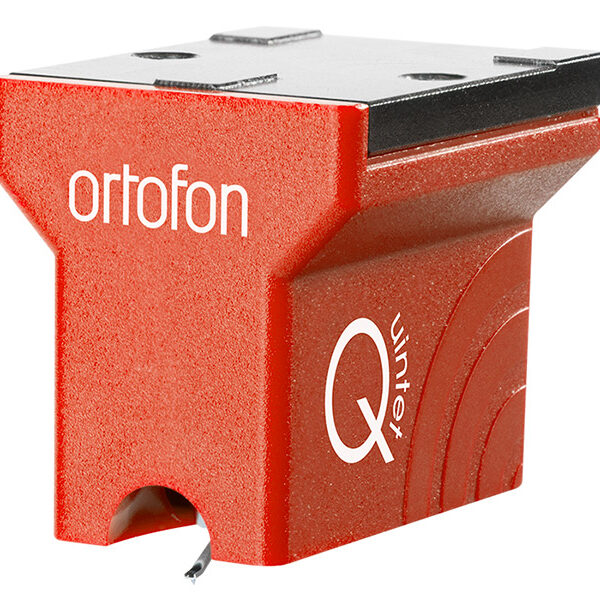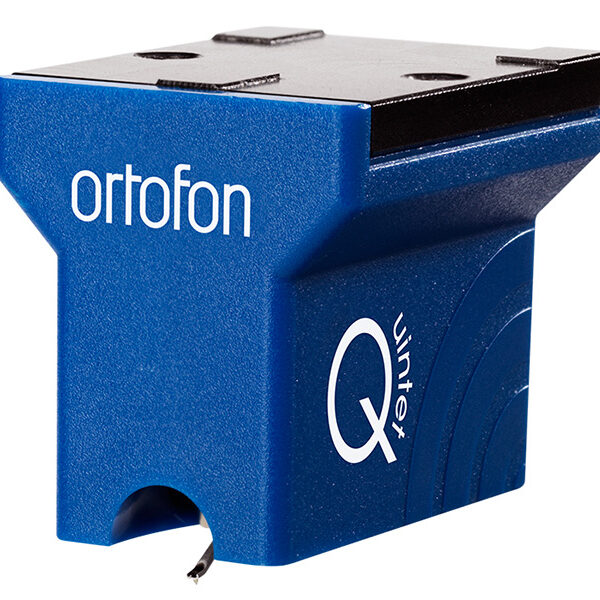Descrizione
Fonorivelatori SPU – Bobina Mobile Serie SPU 1
Stilo Ellitico
Le funzionalità SPU # 1 S e SPU # 1 E:
– Stilo rispettosamente sferico ed ellittico. Il profilo a stilo ellittico SPU n. 1 offre una riproduzione del suono più dettagliata e immagini estese.
– Avvolgimenti e cavi terminali in rame di elevata purezza
– Corpo in legno rettificato e resina composita
Queste cartucce SPU rappresentano l’essenza delle bobine mobili originali e sono una soluzione perfetta per la riproduzione di registrazioni stereo sia antiche che moderne. Ottimo rapporto qualità-prezzo.
Output voltage at 1000 Hz, 5cm/sec. – 0.18 mV
Channel balance at 1 kHz – 1.5 dB
Channel separation at 1 kHz – 20 dB
Channel separation at 15 kHz – 10 dB
Frequency response – 20-25.000 Hz – ± 3 dB
Tracking ability at 315Hz at recommended tracking force *) 65 µm
Compliance, dynamic, lateral – 10 µm/mN
Stylus type – Spherical / Elliptical
Stylus tip radius – R 18 µm / r/R 8/18 μm
Tracking force range – 3.0-5.0 g (30-50 mN)
Tracking force, recommended – 4.0 g (40 mN)
Tracking angle – 20°
Internal impedance, DC resistance – 2 ohm
Recommended load impedance > 10 ohm
Cartridge body material – Ground wood and resin composite
Coilwire material – High Purity Copper (OFC)
Cartridge colour – Black matte
Cartridge weight – 30 g
GOLDENES OHR AWARD 2018
The readers of the German HiFi magazine STEREOPLAY voted for the best Hifi products of the year. With votes coming in from across Germany, the SPU #1S won in the category phono cartridges. Almost 150 industry members attended the Award ceremony in Munich.
Stereophile September 2016
By Michael Fremer
“…To this day, Ortofon SPU cartridges enjoy cult followings in Japan and elsewhere. …There are many variants of the basic, iconic SPU design, but most are highmass, low-output, heavy trackers known for their old-school warmth and musicality…
…when I played my first record with the SPU #1… I immediately, and much to my surprise got what the SPU cult is all about. Most of what seemed to be missing were playback artifacts that ride along with the detail, along with the “visual” elements that help produce spatial context, including reverberant trails, initial transients, decay elements, etc. What was left were vivid, generously sezed, richly drawn aural images laden with textures and harmonic vitality. Whether you hear this as thick and slow or as a rich and full is a matter of sonic perspective…
…I’ve got plenty of mono and vintage stereo LPs. I spent a few days playing them through these SPUs (SPU #1 S or SPU #1 E – red.), and they all just sounded right and “of a time”…
…If you’re considering buying one of these (SPU #1 S or SPU #1 E – red.) – and assuming you have a compatible tonearm, in terms of both the SME collet and a medium to high effective mass – I suggest using a tubed phono preamplifier and a loading of less than 100 ohms. Unloaded, the new Ortofon SPUs could sound bright on top; that, in combination with their rich, full bottoms, produced an unpleasant discontinuity of sound.
I’m still not thrilled to track stereo LPs at 4 g – but the sound was so rich, warm, flowing, and relaxing, the images so round and so generously sized, that I conquered my fears of worn record grooves and spent many pleasant evenings drinking wine and visiting the 1950s and ’60s. If only I knew then what I know now!”
Non ci sono video per questo prodotto.

